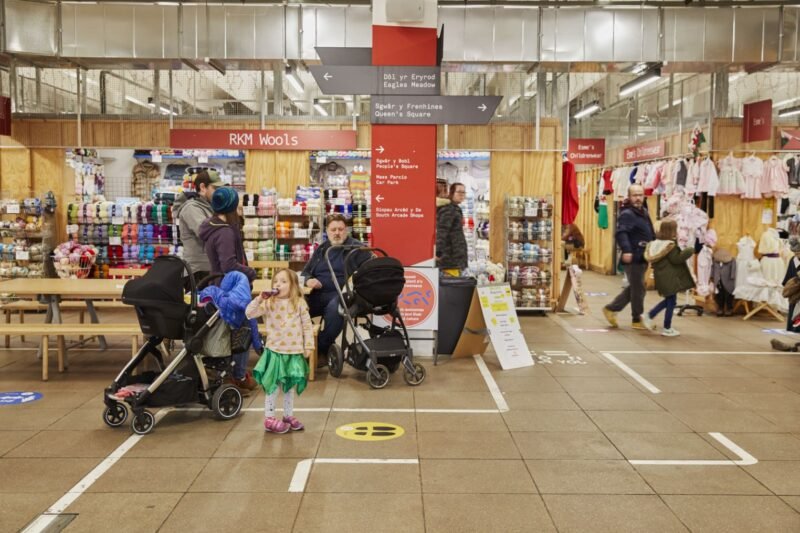Flexible Workspaces For Flexible Workers
Haarlem-based design agency Studio Heldergroen have initiated a genius space-saving solution. Offices are no longer restricted for work, but can now be transformed into fitness studios, dining areas and even discos.
Studio Heldergroen are pioneering a new, flexible way of working. Their ground floor studio in the old Droste Silo looks like a smart, modern office by day. But within a matter of seconds, the space can be transformed into a yoga studio, a communal eating area, a DJ set and a dancefloor. The three large wooden tables (made from recycled telephone poles) rise up into the ceiling, the chairs are swept away, and suddenly an entirely new space is open for a multitude of uses.



The space itself prioritises clean lines and natural light sources, their promotional video showing large floor-to-ceiling windows on three walls. Studio Heldergroen’s vision is of smart, sleek spaces with open plan working environments. Their work is chic and modern, with ease and mobility being prioritised. The tabletops rise smoothly into the ceiling and lie flush with the existing architecture, and the remaining surfaces can be slid away on wheels.
The transition area is great for maximising space. One room can be a busy office by day, and then that same space can be used for exhibitions and exercise classes in the evening, before becoming music venues at night. The room can even accommodate two different functions at a time, with the three large work tables being able to be raised and lowered individually, to fit to the needs of those using them. By economising space, the potential for one room multiplies.
https://www.youtube.com/watch?v=QwGN4IQFg88
Studio Heldergroen claim that most offices are only used for 40 hours a week on average, but this dynamic way of transforming ordinary offices means that they can now be used for a range of evening and weekend activities as well, without compromising the structure of the workspace. If offices are only occupied for eight or nine hours a day, landlords are missing out on over half of the potential time that their spaces can be rented for. By providing the space for nighttime events as well, the renting potential of these spaces can more than double.
The room uses every available space, with chairs being moved to the sides, and table tops rising up to hide in the ceiling. The room can be entirely cleared, ensuring security at night so that nothing is left. The office can lie entirely empty when unused, making the entire environment safer from burglaries and break-ins.



